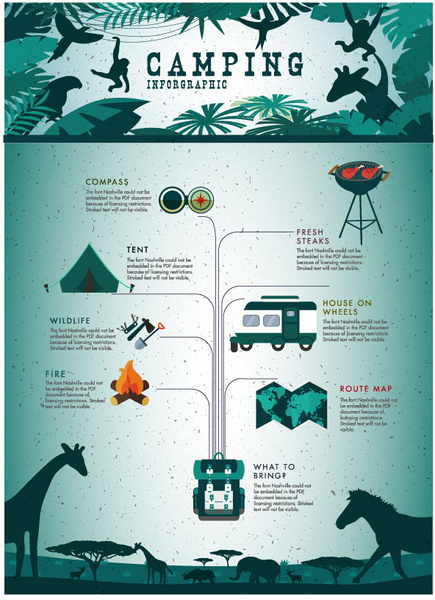Expanding Sales Through Offering Camping Tents Online
How Essential Are Outdoor Tents Footprints/Ground Cover?Tent footprints are an excellent means to protect your tent floor from abrasions and prolong its practical life. Mostly all gear producers supply their own brand-specific footprints that are designed to match their particular outdoor tents versions.
Can you touch the sides of a tent?
This customized technique uses simplicity of setup and minimizes the risk of rain seeping in with the seams.
What are they?
Tent impacts (additionally referred to as camping tent ground sheets or under tent pads) provide a layer of defense in between the base of your tent and the outdoor environment. They secure your outdoor tents from sharp objects, wetness, and unpleasant surfaces.
A lot of outdoor tents producers use their very own branded footprints created to fit seamlessly with their assigned sanctuary versions. However, these are usually pricey and relatively heavy compared to do it yourself alternatives like Polycryo or Tyvek.
Footprints are usually made from long lasting, water-proof materials such as polyurethane, nylon or silnylon. For ultralight backpackers seeking to lessen pack weight, there are additionally lightweight, high-strength options made from Cuben Fiber (Dyneema). It is necessary to choose a footprint that's somewhat smaller than your outdoor tents to stop rain from dripping down the sides of your shelter and funneling beneath you while you rest-- no person intends to wake up in a puddle! A footprint is a beneficial enhancement to any kind of outdoor camping journey. It aids ensure a long life-span for your tent while adding comfort and comfort.
Exactly how crucial are they?
Outdoor tents impacts shield the base of your tent from abrasion and moisture, helping to extend its lifespan. They're typically made from water resistant and dirt-resistant products like polyethylene or a light-weight oxford polyester, though the denier of the material will certainly vary (the higher the denier number, the thicker and burlier).
A lot of impacts are made to precisely match the shape of your camping tent's floor, which assists reduce material waste. Numerous have grommets or loops through which you can weave guylines for tension and stakes, ensuring that the footprint is firmly held back.
If you camp in harsh surface or locations where there's a great deal of downed branches and sharp rocks, a camping tent footprint is well worth the added weight and bulk. But if you frequently camp in completely dry, sandy or rough problems, an impact may be overkill. A tarp is a better option because instance.
Do you normally load one?
If you're camping on an extremely flat surface where rocks and sticks aren't an issue, an outdoor tents impact most likely isn't needed. If you are in the backcountry with a great deal of harsh surface, a footprint can make life much easier.
Impacts are generally sized a little smaller than the base of the tent. That's because a bigger impact would catch rain and channel it under the camping tent, where you might wake up in a pool.
Nonetheless, impacts can be expensive and heavy if you acquire one from the maker of your camping tent (the Big Agnes Tiger Wall UL 2 impact, as an example, costs $70 and pretty tent weighs six ounces). You can save cash and weight by making your own DIY impact by reducing a piece of Tyvek or various other water-proof material to the exact measurements of your shelter. You can even include grommets for simple attachment. The major advantage of a footprint is that it aids to secure the floor of your backpacking outdoor tents from rough elements such as rocks and branches.
Exactly how do you keep them cleanse?
A maker's footprint can include significant weight to your shelter system and if you're an ultralight backpacker attempting to save every ounce, it could not be worth it. For this reason, several backpackers will use a do it yourself groundsheet that's made out of something like Tyvek or Polycryo and suffice to size for their tent impact.
This option is reasonably low-cost and will secure your tent from dampness, rocks, thorns, sticks, etc, while additionally assisting to maintain the bottom of your outdoor tents dry.
If you do decide to buy a footprint, make sure it's designed specifically for your details tent as this will certainly help reduce water merging around the edges of your sanctuary. For example, if your camping tent footprint is as well large and prolongs past the side of your rainfly, it will accumulate rainfall which can permeate into lighter-weight camping tents and possibly wear down the floor. See to it it fits your tent rather snugly to prevent this.
How do you camp in windy conditions?
